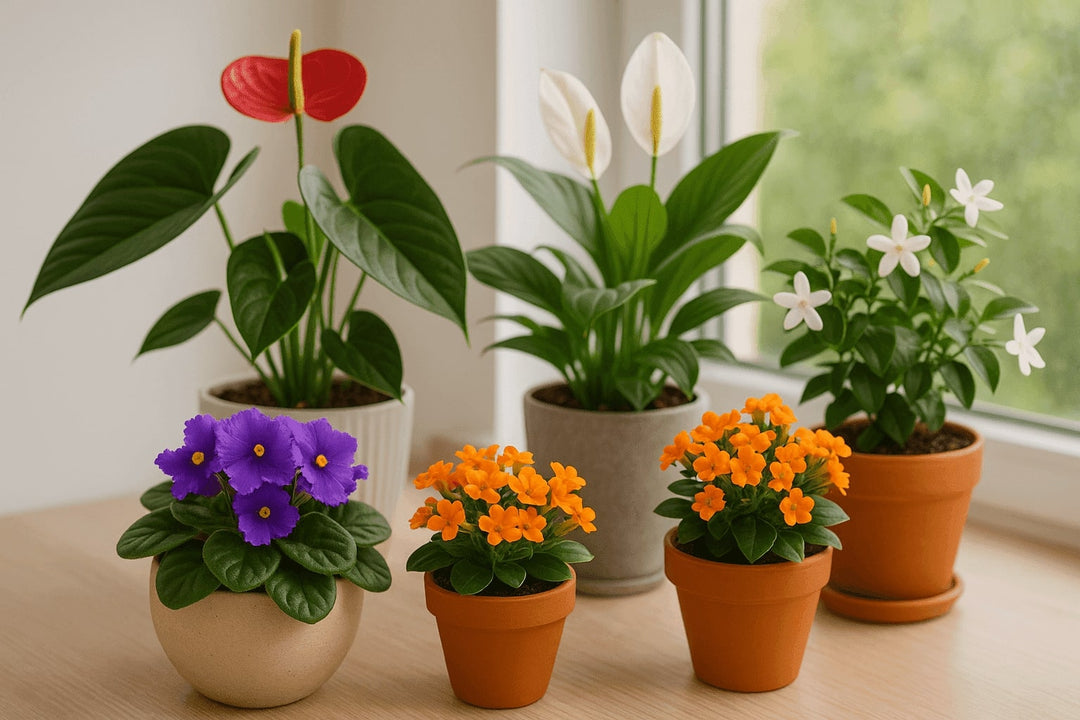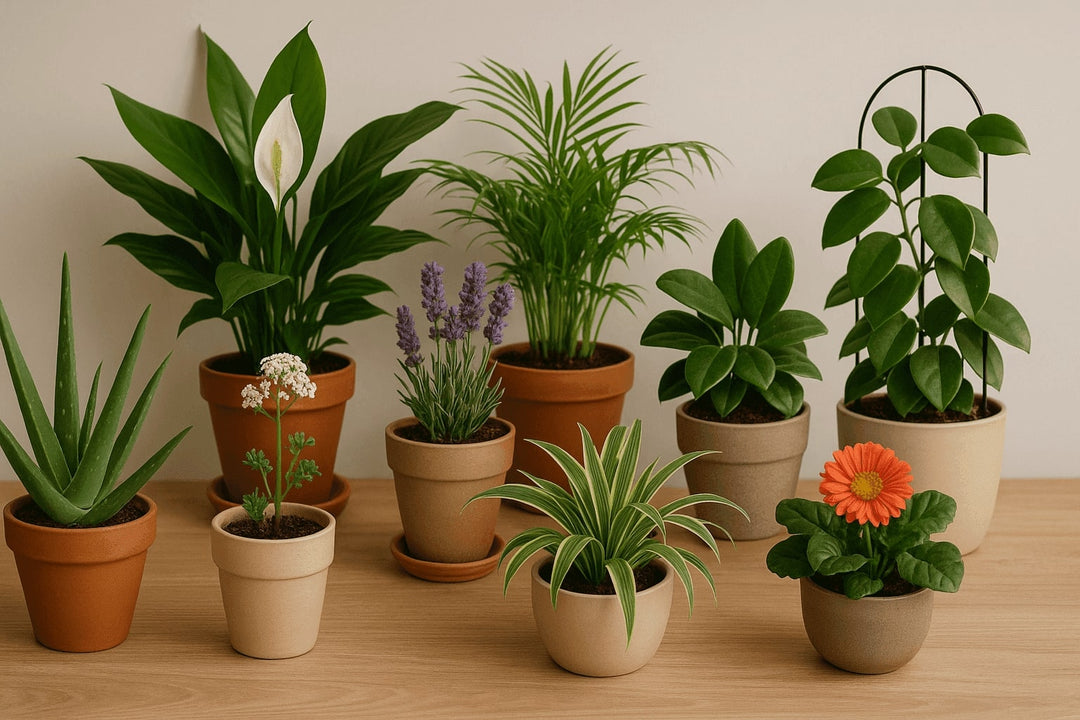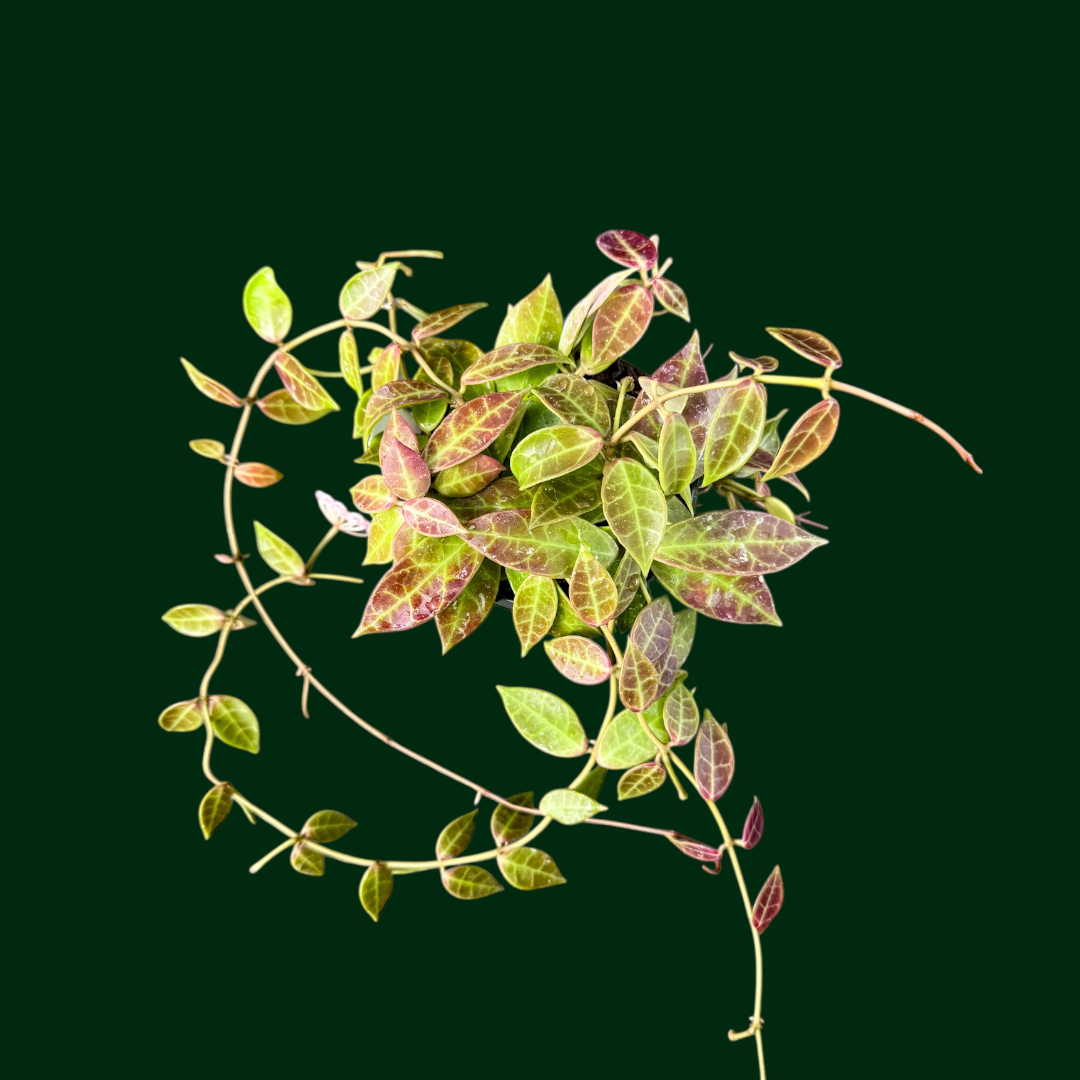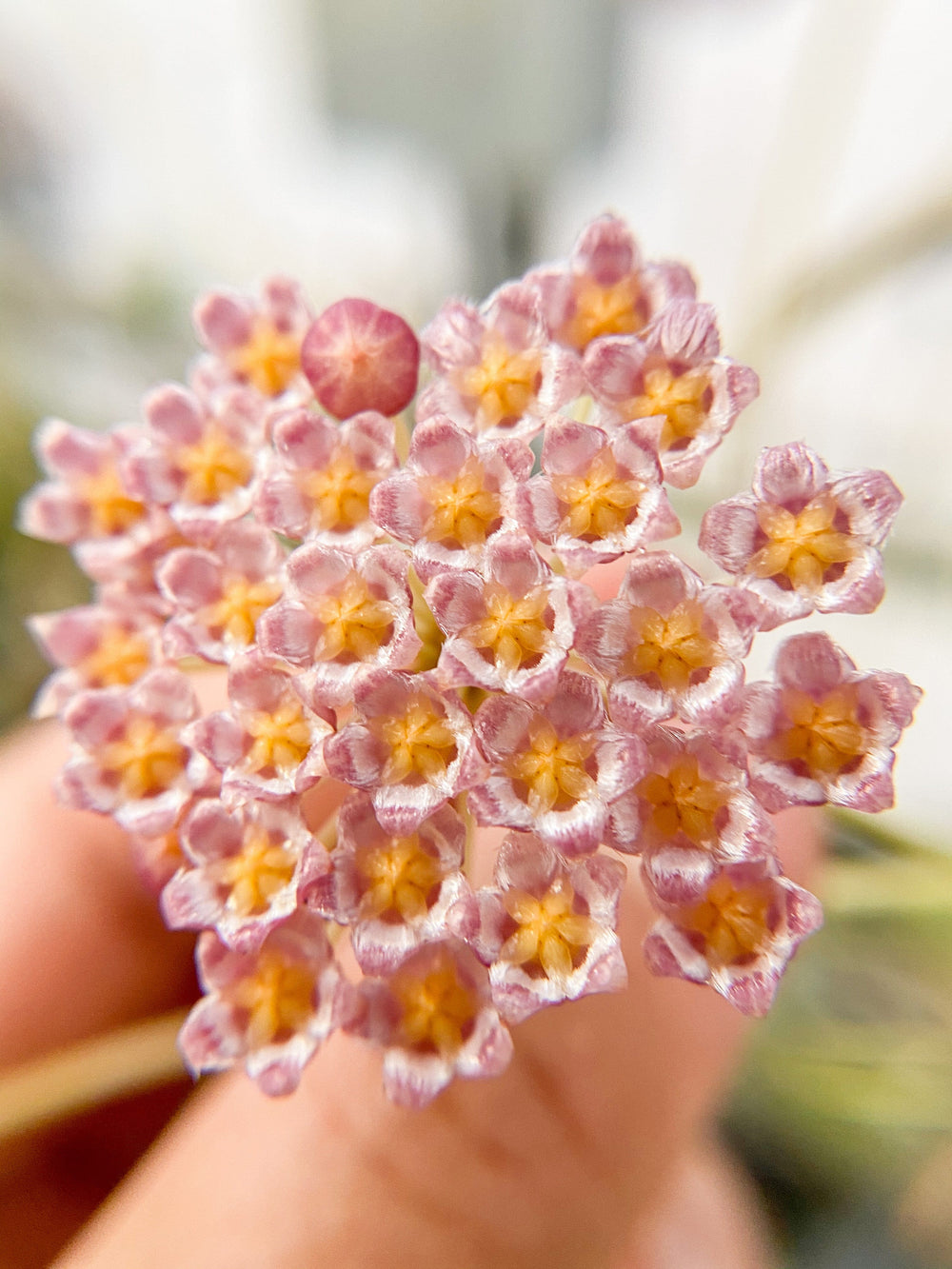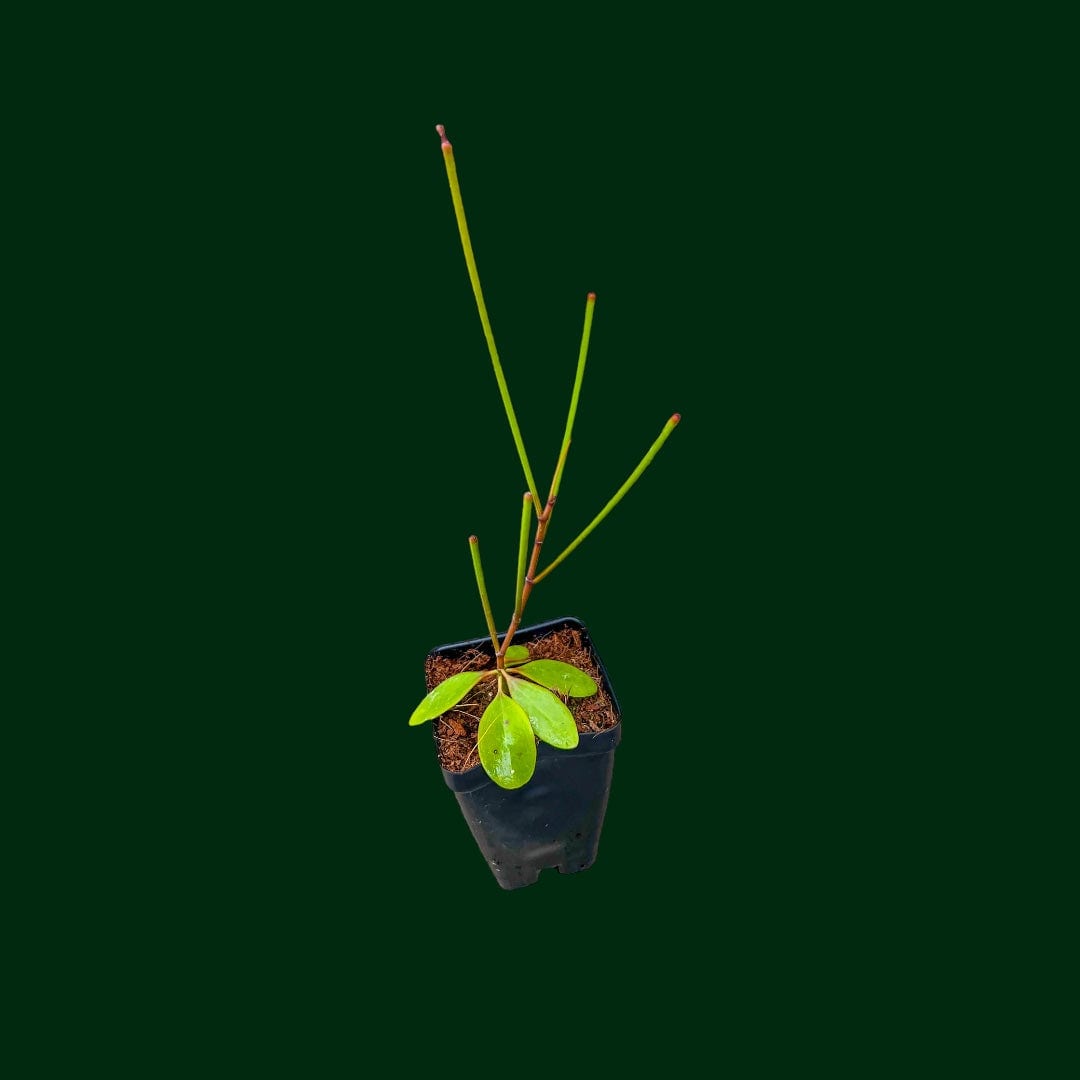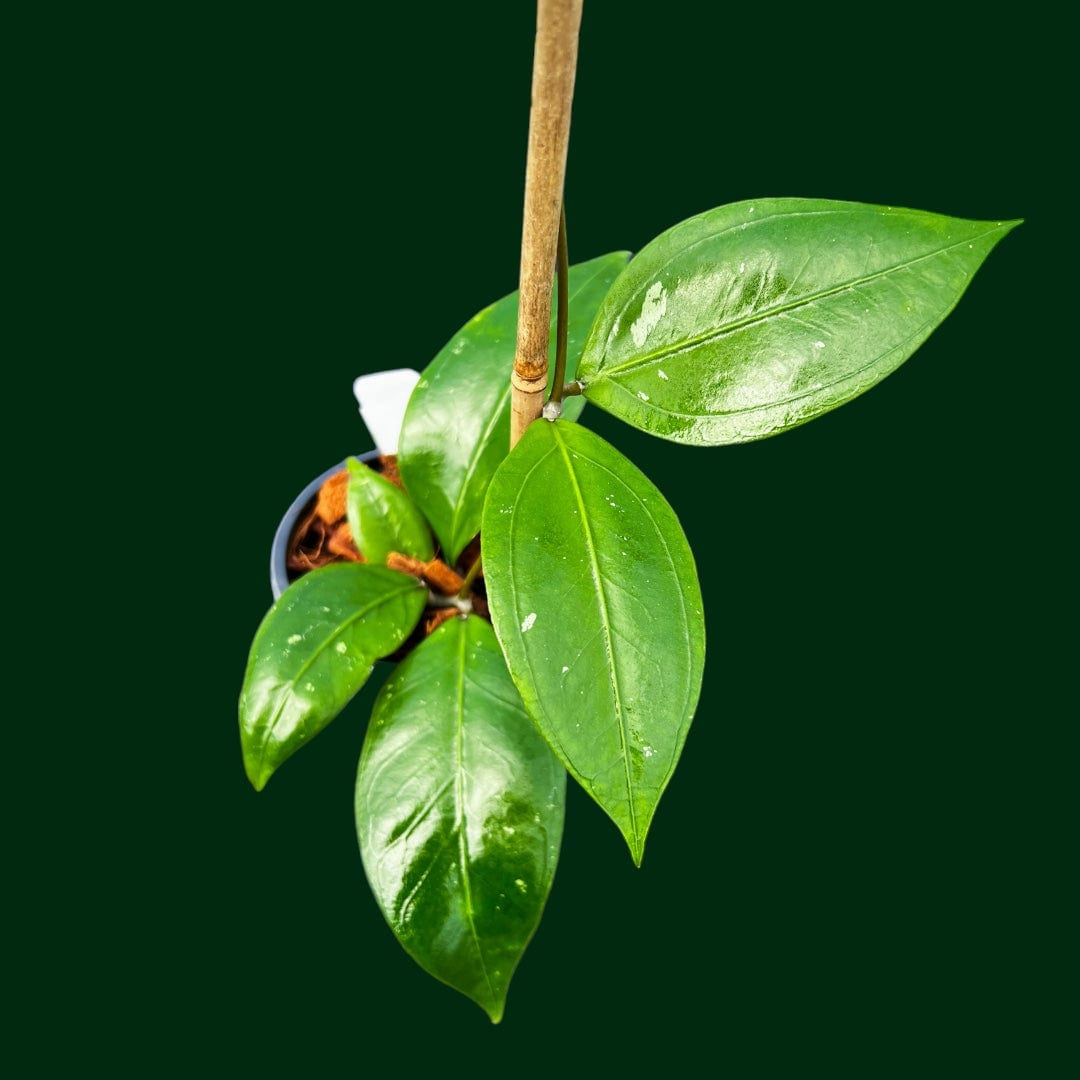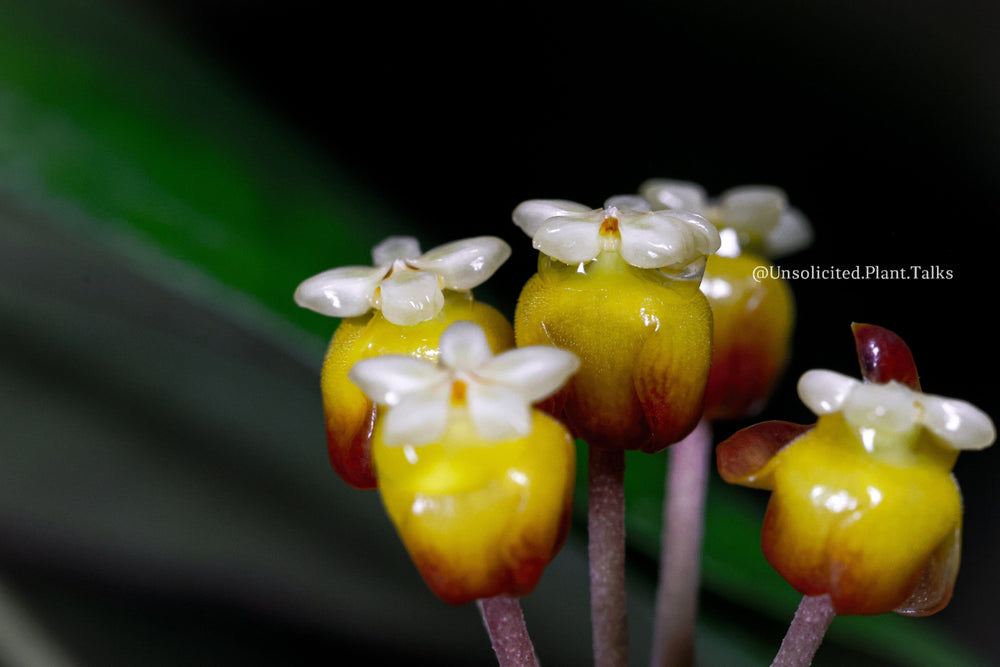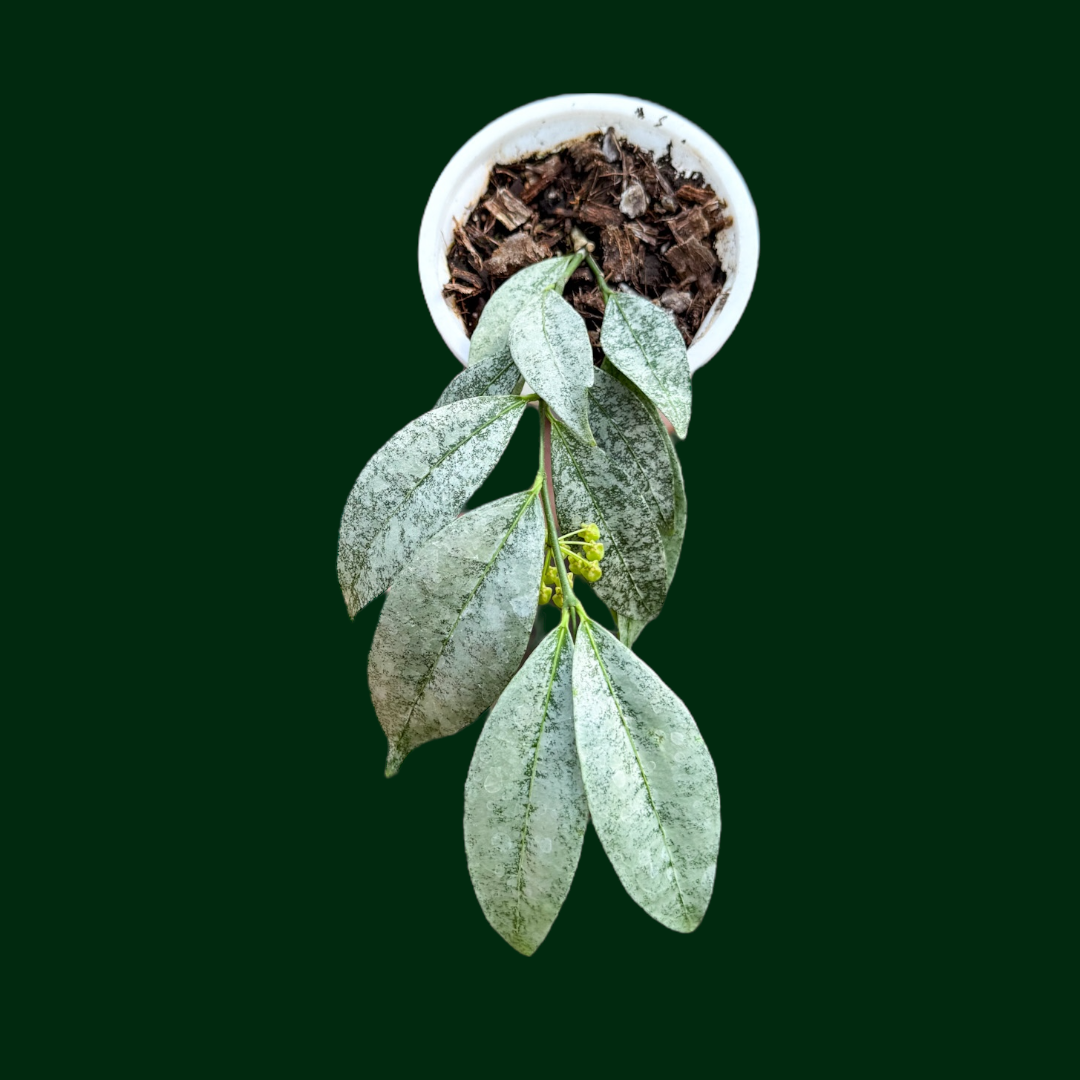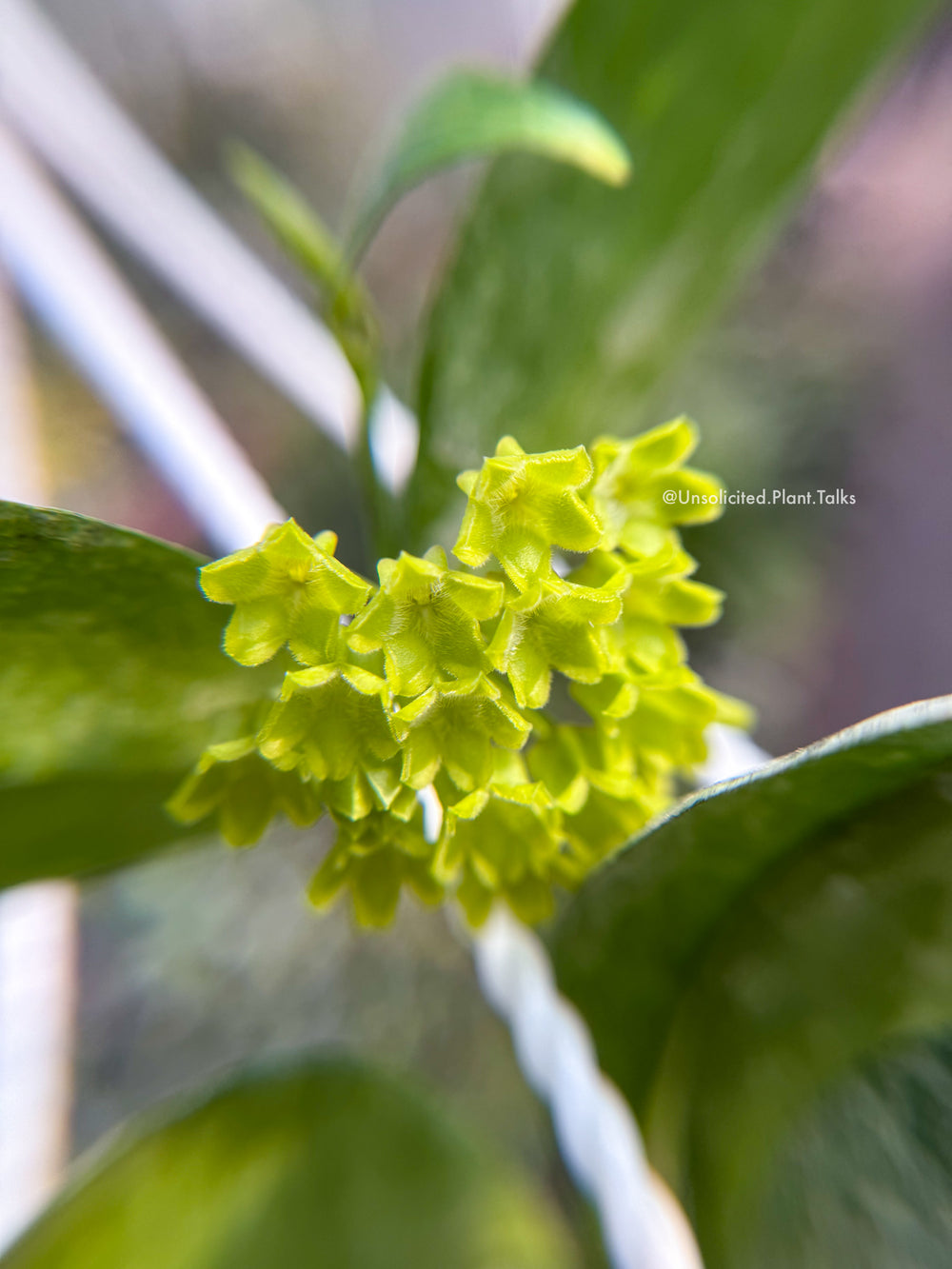Hoya Obovata - Plant Care Guide

Table of Contents
- Hoya Obovata - Light Requirements
- Watering
- Soil
- Temperature and Humidity
- Fertilizing
- How to Propagate Hoya Obovata?
- Common Pests and Diseases
- Toxicity to Cats
- The Bottom Line
Hoya obovata, often referred to as the Wax Plant, is a popular houseplant known for its beautiful, waxy leaves and clusters of fragrant flowers. Its unique characteristics make it a desirable addition to any indoor garden. To ensure your *Hoya* *obovata *thrives, it's crucial to understand its specific care requirements. In this guide, you will learn the essentials of *Hoya* obovota care to keep it blooming for years to come. Let’s get into it!
Hoya Obovata - Light Requirements
Hoya obovata likes bright, indirect light. While it can tolerate low light conditions, optimal growth and flowering occur in environments with ample illumination. Avoid direct sunlight to prevent leaf scorching.
Consider using a grow light during the winter months or rotating the plant regularly to ensure even growth. By providing the right amount of light, you can encourage healthy growth, vibrant colors, and abundant flowering in your Hoya obovata plant.
Watering
Hoya obovata is a succulent plant, meaning it can store water in its leaves. As such, it is drought-tolerant and prefers to be underwatered rather than overwatered. Allow the soil to dry out completely between waterings. A good rule of thumb is to water once every week or two, depending on the temperature and humidity. During the winter months, when the plant's growth slows, reduce the frequency of watering.
Soil
To ensure the health of your Hoya obovata, use a well-draining potting mix. A combination of peat moss, perlite, and orchid bark is ideal. Avoid heavy soils that retain excess moisture, as they can lead to root rot. Before planting, check that the pot has drainage holes and that the soil drains freely. Repot your Hoya obovata every 2-3 years to refresh the soil and provide essential nutrients for continued growth and vitality.
Temperature and Humidity
Hoya obovata, similarly to other types of Hoya plants, thrives in warm, tropical conditions. It prefers temperatures between 65-85°F (18-30°C) and is sensitive to cold drafts. Avoid placing it near cold windows or doors. While it can tolerate average humidity levels, higher humidity promotes healthier growth and flowering.
To increase humidity, regularly mist the leaves with lukewarm water, place the plant on a pebble tray filled with water, group it with other humidity-loving plants, or use a humidifier.
Fertilizing
Hoya obovata is a light feeder, meaning it requires minimal fertilization. During its active growing season (spring and summer), a monthly dose of balanced liquid fertilizer diluted to half strength is sufficient. Avoid over-fertilizing, as this can lead to salt build-up in the soil and damage the plant's roots.
To ensure optimal growth, use a balanced fertilizer that contains equal proportions of nitrogen, phosphorus, and potassium. However, make sure not to apply fertilizer immediately after watering, as this can burn the plant's roots.

How to Propagate Hoya Obovata?
Hoya obovata can be easily propagated from stem cuttings, allowing you to expand your collection or share this beautiful plant with others. Here's a step-by-step guide:
- Select a healthy stem: Choose a healthy, non-flowering stem with at least two nodes. Nodes are the points on the stem where leaves grow.
- Cut the stem: Using clean pruning shears, cut the stem just below a node. Ensure the cutting is at least 4-6 inches long.
- Remove lower leaves: Strip the lower leaves from the cutting, leaving at least two leaves at the top. This helps prevent rot and focuses the plant's energy on rooting.
- Prepare the potting mix: Use a well-draining potting mix specifically formulated for succulents or cacti. You can also create your own mix using peat moss, perlite, and orchid bark.
- Plant the cutting: Insert the cut end of the stem into the potting mix, ensuring at least one node is buried.
- Provide a humid environment: Place the potted cutting in a warm, humid location with bright, indirect light. Cover the pot with a plastic bag or dome to create a humid environment.
- Keep the soil moist: Water the potting mix lightly to keep it consistently moist, but avoid overwatering.
- Wait for roots: With proper care, your *Hoya obovata* cutting should begin to root within a few weeks. Once the roots are established, you can remove the plastic covering and gradually acclimate the plant to normal humidity levels.
By following these steps, you can successfully propagate your Hoya obovata and enjoy the beauty of additional plants in your collection.
Common Pests and Diseases
Hoya obovata, while generally resistant, can be susceptible to pests and diseases. Mealybugs and scale insects, identified by their white, fluffy masses and small, hard shells, respectively, can infest the plant. To treat infestations, isolate the plant, manually remove pests with a cotton swab dipped in rubbing alcohol, or apply insecticidal soap or neem oil.
Overwatering can lead to root rot, causing yellowing leaves, wilting, and a foul odor. To prevent root rot, allow the soil to dry out completely between waterings and ensure adequate drainage in the pot.
Toxicity to Cats
Hoya obovata is considered toxic to cats. If ingested, it can cause vomiting, diarrhea, and loss of appetite. It is important to keep this plant out of reach of curious cats, especially if you have feline companions in your home.
The Bottom Line
Hoya obovata, with its stunning waxy leaves and fragrant flowers, is a captivating addition to any indoor garden. By providing the right conditions for light, water, soil, temperature, humidity, fertilization, and propagation, you can ensure that your Hoya obovata thrives and brings joy to your home. With proper attention, your plant will reward you with years of beauty and enjoyment.



